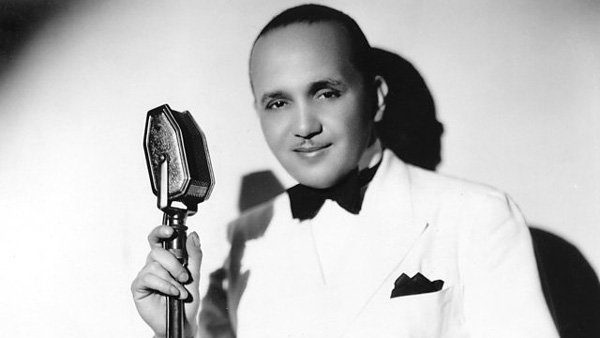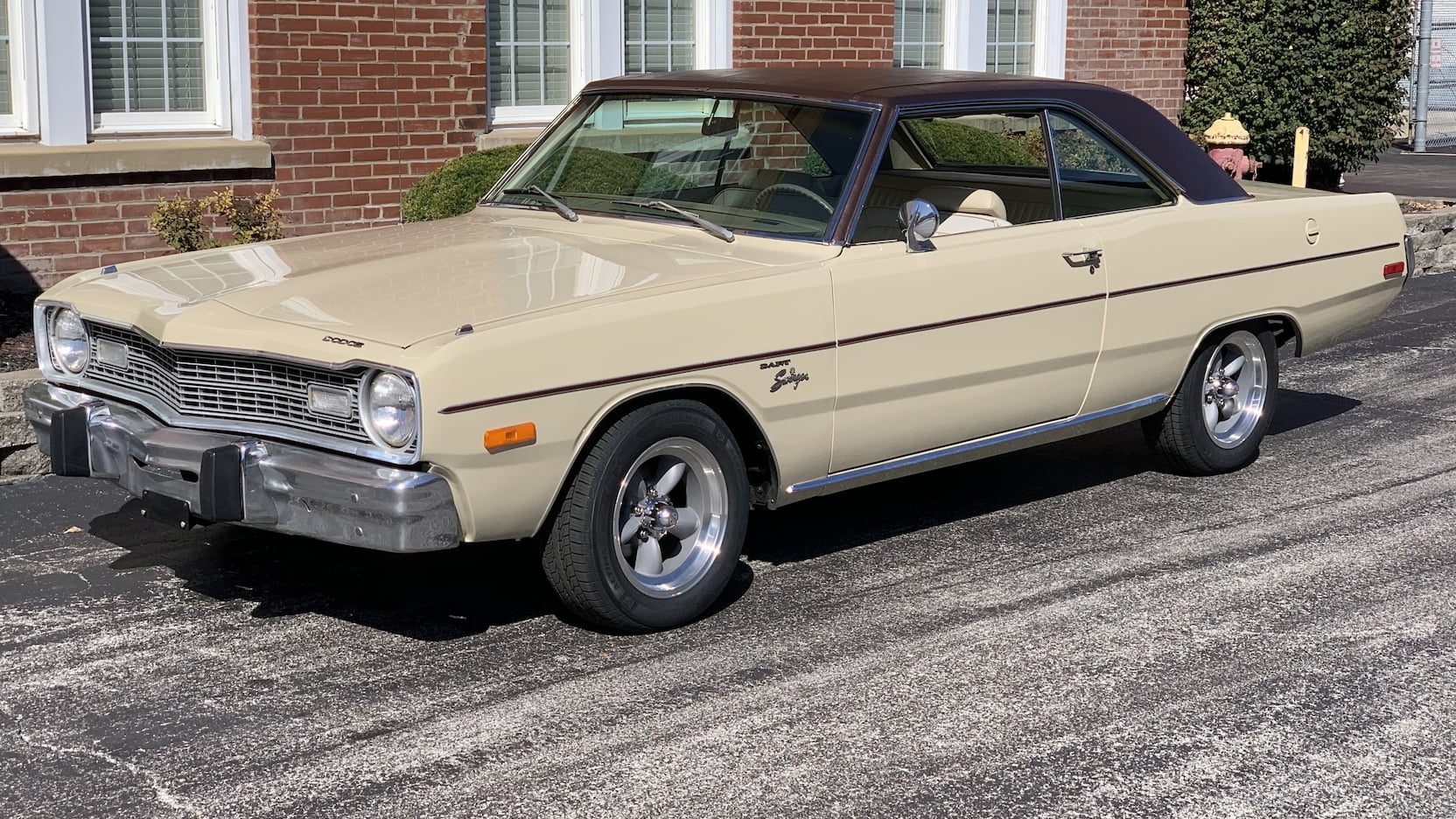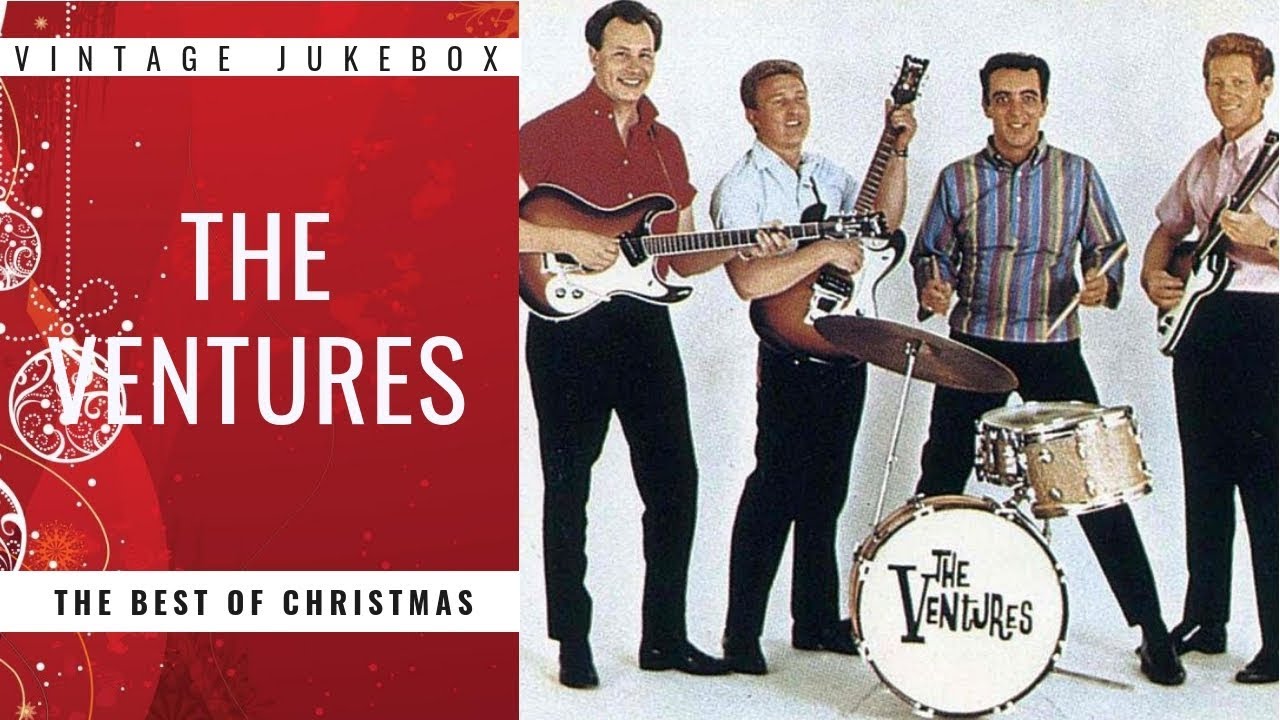Diversity partners with innovation…
“You have learned how to learn. It is not about the topics or the subject matter. With these tools, anything can be understood”. This framing of Diversity is one that my parents had enforced with all of the IBM swag around the house. I thought it was sorta corny, and also sorta redundant – why do you need a sign that says “THINK”. Isn’t that the thing that differentiates us from the animals – another phrase that rang out often. As I started to work with new partners, it was clear this may actually be needed…
… as the “new college kid”, I was the first one of the very few in our group that had even BEEN to college. And my first manager modeled what I had seen from my father about IBM also – they really did want you to develop and grow. “Mark, half of my manager’s personal rating is on how well they get ME promoted into new roles”. This rang true – if I succeeded, he was seen as a successful people manager… and I didn’t realize how rare this was until much later in life. For now, it meant that he had given me permission to go spend a week in the library researching radiation effects…
.. leveraging Diverse talent…
Benny reached the charts for the first time when he recorded “He’s Not Worth Your Tears” with a vocal by Scrappy Lambert for Melotone. After signing with Columbia in 1934, he had top ten hits with great partners: “Ain’t Cha Glad?” and “I Ain’t Lazy, I’m Just Dreamin'” sung by Jack Teagarden, “Ol’ Pappy” sung by Mildred Bailey, and “Riffin’ the Scotch” sung by Billie Holiday. An invitation to play at the Billy Rose Music Hall led to his creation of an orchestra for the four-month engagement. The orchestra recorded “Moonglow”, which became a number one hit and was followed by the Top Ten hits “Take My Word” and “Bugle Call Rag”.
But no discussion of Goodman is complete without talking about Fletcher Henderson. Born in Georgia about the same time as Martin Luther King Sr, he was in an “upper middle class” family – rare for a black man at the time. His father was the principal of the local school, and lessons on piano and mathematics were common every evening. While talented as a musician, he decided to pursue Mathematics and moved to New York to pursue a Masters’ Degree in Chemistry.
His roommate was playing piano for a New Orleans Jazz group, and one evening needed a replacement when he was ill. Fletcher soon took over the gig full-time. He quickly was picked up by the Pace and Handy Music company as an arranger and composer… and decided to pursue music as it was more lucrative than being a lab Chemist. And remember this was in the late ’20s when black musicians had crowds that were… only black. During the Depression, Henderson disbanded his orchestra because he was in debt, not for lack of talent, but lack of an audience…
NBC hired Goodman for the radio program Let’s Dance. As it was a weekly program, they needed new charts for every week. John Hammond who had seen and heard the band convinced Henderson to partner and write arrangements for Goodman. And Goodman hired Henderson’s band members to partner and teach his white musicians how to play the music. Goodman’s band was one of three to perform on Let’s Dance, playing arrangements by Henderson along with hits such as “Get Happy” and “Limehouse Blues” by Spud Murphy.
Partners harness Diversity for better outcomes…
I still marvel at what my first manager saw in me to allow me to take that amount of time to really dig into Radiation Effects. We had a government-sponsored Research program that I was working on, and as a part of that, we were looking at ways to make the onboard computers and display systems more “modern”. At the time, they were using technology out of the mid 60’s – and this was 1981. A key change would be using what everyone knows about now – semiconductors – or chips – like what is powering what you are reading this on. An IBM PhD had said there was no way to use chips in space and we were tied to the ’60s… a guy that outranked me by a ton… and I knew he was wrong…
There are many that write that Benny, like other whites of his era, “stole” the music from the blacks. That treatment is just too simplistic from what I have researched. As the story continues this week, you will see places where that could be true, and also places where his partnership was a major force for Diversity. It was not in the virtue signaling way we see now – but more focused on what would make the best music… and slowly that would start to change things around them all. As I was diving into the library books that none of my managers would even know how to approach, I found a path that by bringing together the Diversity of Physics, Math, Engineering, a little Marketing, and a LOT of relationships, we could change the outcome. But first, we needed to simply focus on another benefit of Diversity, realizing that with different talents and perspectives we can all – Get Happy.




